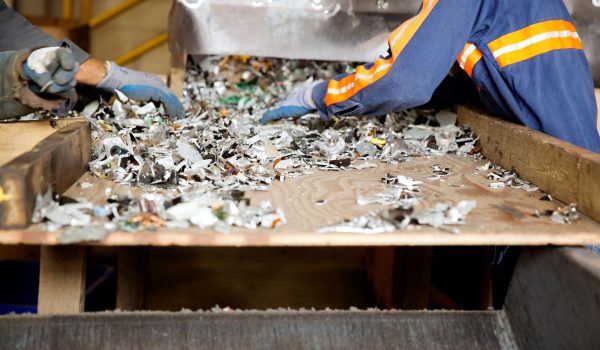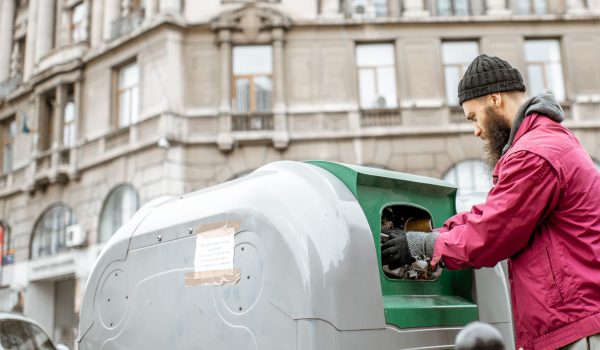This is a study on how the contribution of recycling centers and thrift stores to the transition to a circular economy can be increased. The main findings regarding recycling centers are as follows. CBS data shows significant differences between recycling centers. Additionally, the research indicates that space constraints are a major reason why recycling centers do not separate all waste streams. Moreover, it is reported that at 90% of the surveyed locations, commercial waste is not allowed.
Regarding thrift stores, the following findings were made. Only 7% of the goods in thrift stores come from recycling centers. Field research indicates that there is no close collaboration between recycling centers and thrift stores at half of the locations. This means there are missed opportunities to extensively separate residual waste from thrift stores through recycling centers as raw materials.
A provision for thrift goods in recycling centers should double the collection of thrift goods through recycling centers. This would keep these products in circulation longer.







